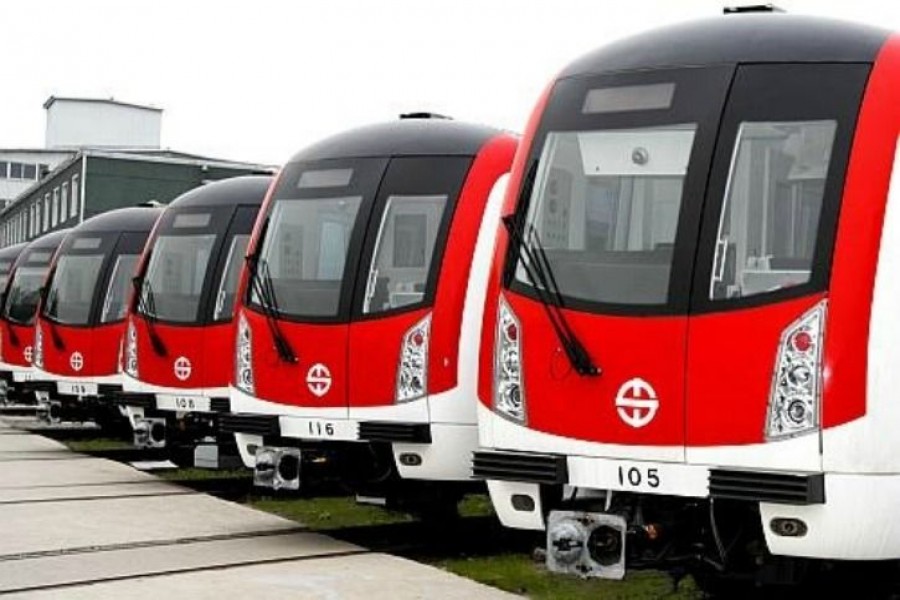
Published :
Updated :

It isn't easy to comprehend what drives the policymakers and relevant authorities to go for a series of Dhaka-based transport-network mega infrastructure. Currently, at least three mega infrastructure projects are under construction. These are Dhaka metro rail, bus rapid transit (BRT) corridor and elevated expressway. It is logically presumed that only the investment on the metro rail network will give a good return if not at its optimal. The BRT may be a disaster while the elevated expressway is unlikely to bring the outcome envisaged.
Now comes the plan to construct a subway network with four routes in Dhaka. The estimated cost of the proposed mega infrastructure project is US$32 billion or around Tk 2,710 billion. Media reports also suggest that four routes of the proposed underground rail network have already been fixed. These will be integrated with the overhead or aboveground metro rail networks in Dhaka and also connect Narayanganj, Joydevpur and Keraniganj.
Usually, the subway rail network is an underground railway system used to transfer a significant number of commuters within urban and sub-urban areas. Generally built under city streets, the outlying sections of the network may emerge aboveground, turn into regular railways or elevated transit lines. Subway is also known as tube or metro. Traditionally, the metro rail runs underground (as in Kolkata). Nowadays, the metro is also a combination of underground, aboveground and overhead trains (as in Delhi).
In a densely populated city like Dhaka, construction of underground rail network is a daunting task. It requires deep excavations, demolitions of many aboveground structures and huge resettlement and reconstruction of utility service lines. It will also make many roads and streets unusable for an unusually long period. Ongoing construction works of metro-rail line, BRT corridor and elevated expressways have already shown that the sufferings are immense. Opening another window to enhance the sufferings of inhabitants and commuters further is difficult to accept.
The more important thing is to assess the need, feasibility and utility of an underground rail network. It is not clear why Dhaka needs a subway system and how the proposed structure will be feasible in the long-run. The arguments in favour of utility of an underground railway are also flawed. The summary of the feasibility study report, available on the website of Bangladesh Bridge Authority (BBA), says very little about the necessity and utility of the subway. Instead, it presumes that the subway will supplement and extend the Mass Rapid Transit (MRT) and BRT. Nevertheless, it also acknowledged some challenges of constructing a subway network. It said: "One of the most obvious problems when designing a tunnel under a densely populated city, where no accessible records of buildings' foundations are available, is to find the usual foundation guidelines that allow the designer to decide on the depth of the tunnels."
The ultimate goal of the proposed subway is to improve the mobility of people efficiently. The MRT or metro-rail will bring a better outcome in this regard. Providing well-planned bus services to supplement a metro rail in the existing road network will be a cost-effective solution.


 For all latest news, follow The Financial Express Google News channel.
For all latest news, follow The Financial Express Google News channel.